Every owner wants their Yamaha outboard to last for years and run reliably each time they start it up.
With Yamaha outboards taking advantage of new technology and innovative designs, modern boaters can be out on the water longer and with fewer performance-related issues.
However, there are plenty of factors that reduce the lifespan of your Yamaha outboard motor and cause performance issues. Whether you’re boating in highly-corrosive saltwater or regularly pushing the RPMs into the red, being aware of developing issues and keeping a regular maintenance schedule is essential.
In this article, we will take a look at everything you need to know about making sure your Yamaha outboard lasts as long as possible, including:
- How Long Does a Yamaha Motor Last?
- What Impacts Yamaha Outboard Engine Longevity?
- Recommended Service Intervals for Yamaha Outboard Motors
- How Proper Maintenance Impacts Engine Performanc
How Long Does a Yamaha Motor Last?
Due to Yamaha’s design and engineering excellence, their outboards typically last for 1,500 and up to 3,500 hours before needing a major overhaul or being replaced.
That being said, the number of hours that a Yamaha outboard engine runs is dependent on the amount of usage and quality of maintenance. Since the average recreational boater logs only 50-100 hours per year, it is very common to see 20-25+-year-old Yamaha outboards performing exceptionally.
You can address small problems before they become major issues by performing regular maintenance, either as a DIY job or by taking your outboard to a certified Yamaha mechanic. Skipping this regular maintenance could shorten the lifespan of your Yamaha outboard significantly.
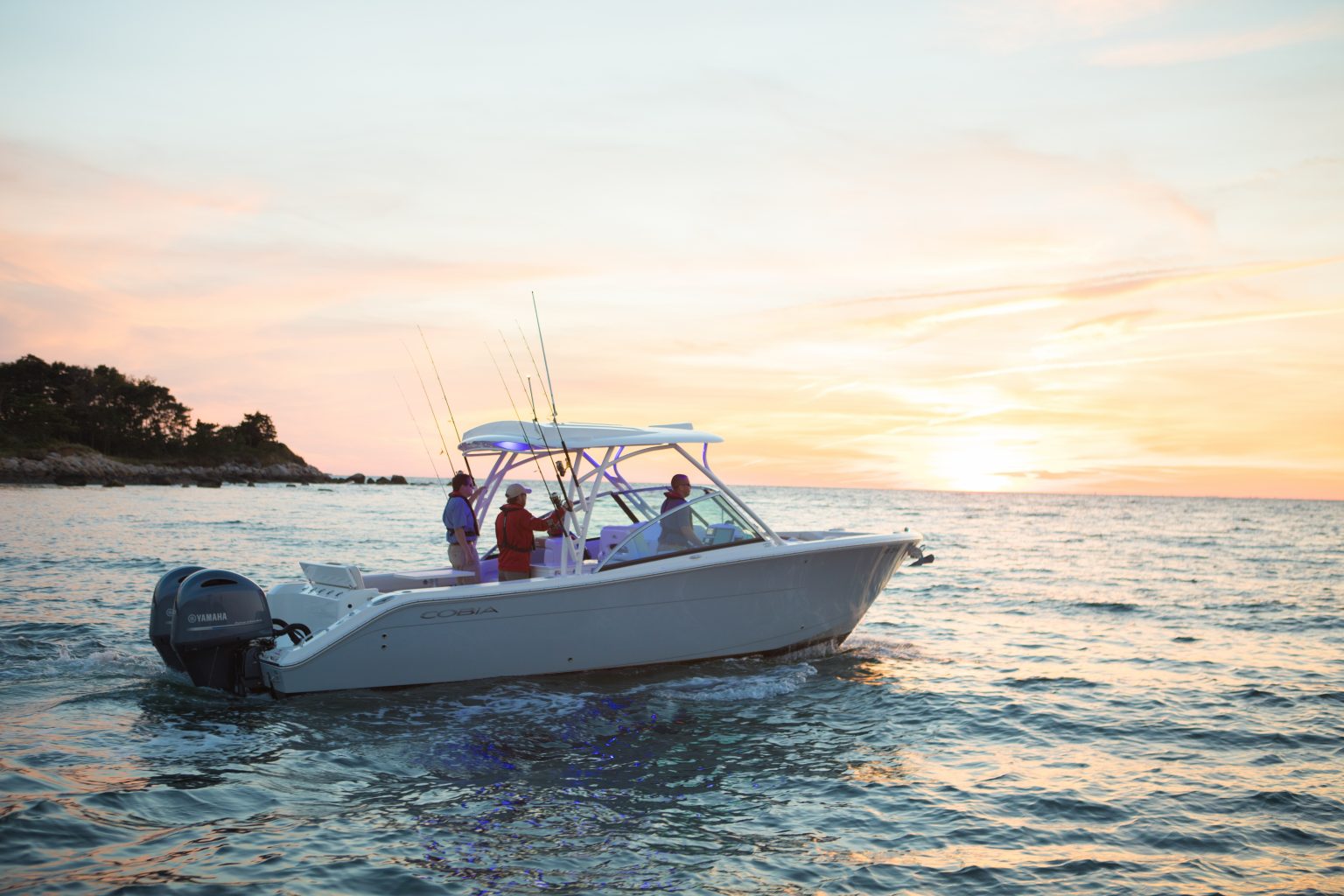
What Impacts Yamaha Outboard Engine Longevity?
The following factors affect the lifespan and overall performance of your Yamaha outboard:
- Water Type (saltwater versus freshwater)
- Frequency of Operation
- Regular Maintenance
- Using High-Quality Fuel
- Proper Winterization
- Proper Break-in Procedures
Let’s cover these briefly:
Water Type (saltwater versus freshwater)
Without a doubt, saltwater boating is more demanding and damaging to your Yamaha outboard motor. Corrosion from the water and the salty air degrades engine components, causing leaks, rot, uneven wear, and seizing of metal surfaces.
To be fair, freshwater also wreaks havoc on outboards – particularly when it intrudes in fluid systems of the engine – but this generally occurs at a slower rate.
Frequency of Operation
Yamaha outboard engines are meant to be used frequently. Leaving an outboard out of service for extended periods often leads to problems, including:
- condensation inside the engine
- corrosion of components
- shrinkage of cowling decals
- dust and other contaminants gathering on grease
While it may seem counterintuitive, engines like to run long and steady. The more often the motor goes from hot to cold, the shorter the running time between stops, and the longer the idle time between runs, the more wear you will put on your Yamaha outboard. More wear translates to a higher likelihood that your Yamaha outboard will need major repairs earlier rather than later.
Regular Maintenance
Maintenance is absolutely crucial for the longevity of your Yamaha outboard motor. Maintenance must be performed both according to daily usage as well as at regularly-occurring intervals (based on the hours of use or annually, whichever comes first).
Regularly servicing the engine addresses worn components and diminishing fluids that shave years of optimal performance from the life of the engine. Regular maintenance also helps you better understand what’s going on with your Yamaha outboard. Once spotted, you can address developing issues before they become serious and costly problems.
Refer to the following sections for Yamaha’s recommended service intervals and which aspects of maintenance you should be performing as long as you own your outboard.
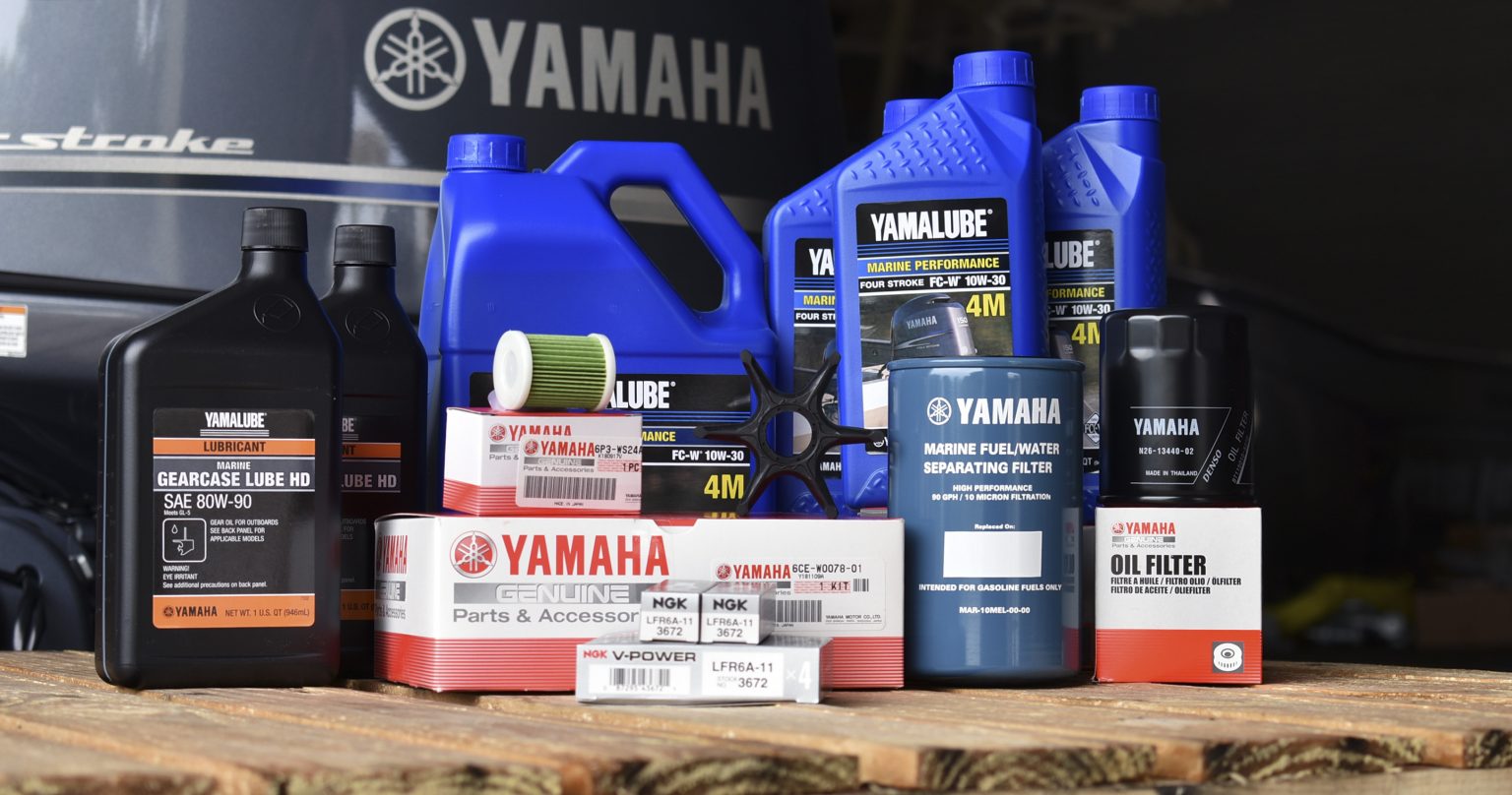
Using High-Quality Fuel
Using low-ethanol fuel is essential for the longevity of your outboard and the fuel system (e.g., fuel tanks, fuel lines, and primer bulbs). Ethanol in gasoline reduces overall mileage and causes phase separation, a process that draws moisture into the engine, reduces performance, and corrodes your engine’s internal components.
As gas tends to sit much longer in boats than in automobiles, these effects are magnified. Refer to your engine’s specifications regarding which grade of gasoline is best for your Yamaha outboard.
Proper Winterization
Winterization is the process of storing your boat during off-seasons or when your boat is not in regular use. By optimally preparing your outboard to sit unused for the winter, you ensure that any adverse effects of this storage are minimized or eliminated.
See the last section of this article for specific winterization procedures for your Yamaha outboard.
Proper Break-in Procedures
If you’ve purchased a new Yamaha outboard, breaking in the engine is essential to ensure that all components seat properly from the factory, guaranteeing optimal performance. This procedure entails the first 20 hours of operation, requiring specific RPMs and idle periods.
Failure to break in an outboard motor may lead to recurrent issues like fluid leaks and reduced performance, leading to a shorter lifespan.
Recommended Service Intervals for Yamaha Outboard Motors
Yamaha recommends the following maintenance service intervals for their 2-stroke and 4-stroke outboards:
20-Hour Service (or 3 months)
100-Hour Service (or 1 year)
300-Hour Service (or 3 years)
500-Hour Service (or 5 years)
1,000-Hour Service (After 5+ years)
1,500-Hour Service (After 5+ years)
Bear in mind that these are estimates. Maintenance can be performed before these intervals if issues start to develop or if you are placing your boat in winter storage.
How Proper Maintenance Impacts Engine Performance
The previous section touched on which factors affect your Yamaha outboard’s performance and lifespan. Now, let’s dig a little deeper into specific procedures and habits you can use that directly affect overall performance.
1. Always Treat Your Fuel
It is important to treat fuel with a fuel stabilizer as part of a regular maintenance regimen.
Every time you add fuel to your engine, prepare it for winterization or take it out of storage following winterization, you should add a fuel stabilizer to prevent water from condensing in fuel stands and separating from the fuel. Fuel stabilizer also has a secondary purpose of eliminating deposits in the fuel system, carburetor, fuel injectors, and more.
Fuel that is not properly stabilized will lead to performance issues such as rough idle, intermittent bogs, and reduced mileage.
While you may fill up frequently with fresh gasoline or use ethanol-free gas, water can still taint the fuel supply. Yamaha sells its own brand of Fuel Stabilizers and Conditioners – refer to your service manual for which brand best suits your outboard and make this a habit each time you fill up your gas tank.
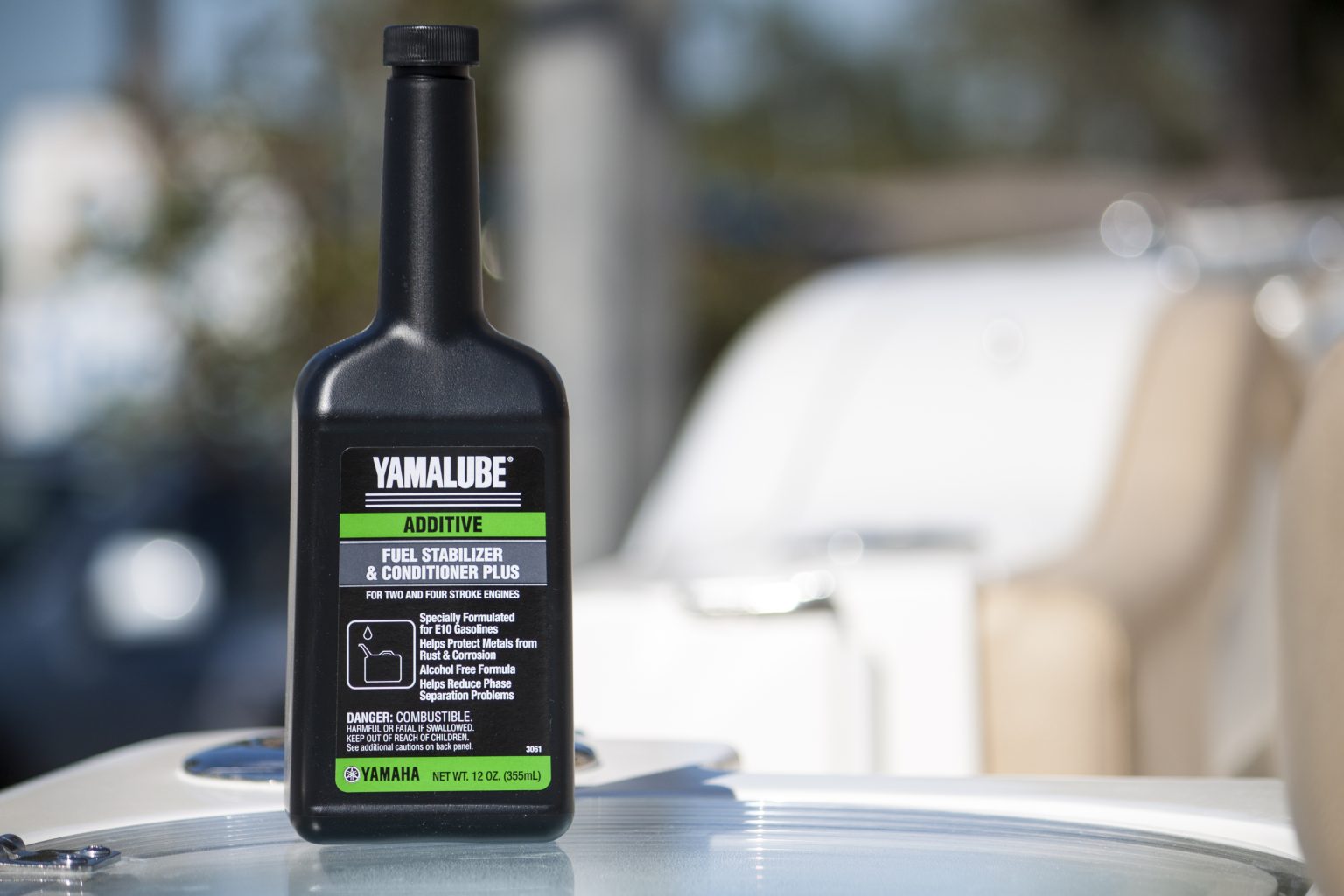
2. Flush After Each Use
Regular freshwater motor flushes are essential for the longevity of your Yamaha outboard motor.
Freshwater flushes serve several functions:
- Prevents corrosion
- Keeps the cooling passages clean and open
- Extends the longevity of the water pump impeller
Despite its importance, many boaters don’t consistently flush their motors after each use. Flushing monthly isn’t enough to prevent negative consequences to your Yamaha outboard, nor does flushing the engine with freshwater a day after use. Therefore, you must make freshwater flushing a habit immediately after each usage, particularly for saltwater boaters.
To perform a freshwater flush as part of your daily boating routine, you’ll use a freshwater source by connecting a hose to your outboard with either:
- a built-in flushing attachment
- a flush bag
- flush muffs
The process takes 10 – 15 minutes. Pay attention to any obstructions in the pilot hole, normally indicated by an uneven flow. If there is a blocked or uneven flow, your outboard is in danger of overheating and must be repaired before further usage.
Refer to your Yamaha outboard’s manual for proper flush recommendations for more information.
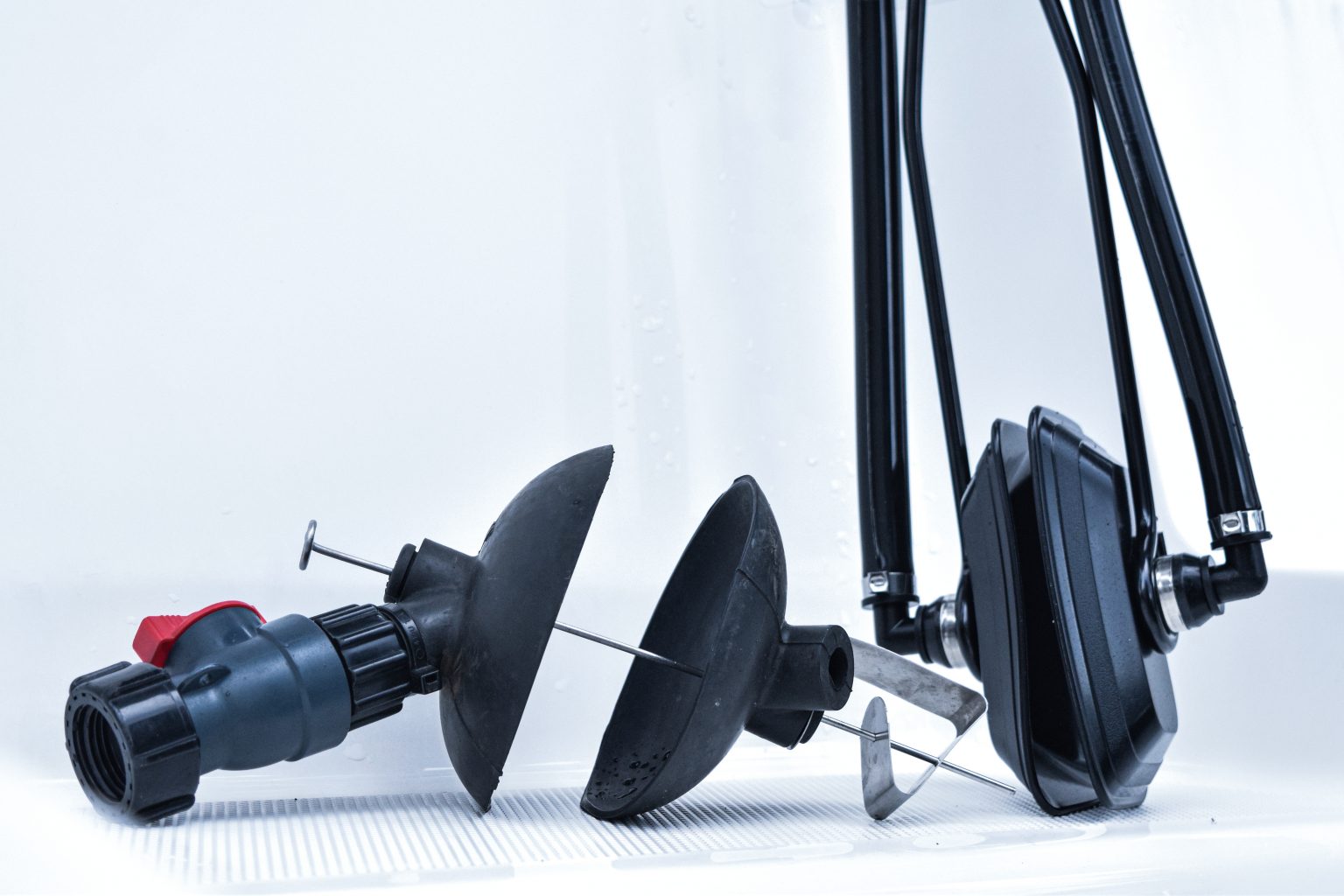
3. Replace Oil and Oil Filters Regularly
It’s important to check and replace oil and oil filters regularly before going out in the water.
First, check the oil before starting your engine to look for oil levels that are too high or too low:
- Too high of a level might be a clue that water has found its way into the oil sump. This can cause massive damage, either by cracking a cylinder head, breaking a piston or potentially both – simply by cranking the engine.
- Vice versa, oil levels that are too low indicate an oil leak, which often leads to an engine seizure. Look in the bilge to see if there is any oil residue. Many marine engines sit very low in the bilge, and water is constantly in contact with the oil pan. Given enough time, the oil pan will corrode and cause pinhole leaks in the pan.
In either case, you can add or drain oil to achieve oil levels in line with Yamaha’s specifications. If you detect or suspect an oil leakage or water entering your lubrication system, seek the advice of an expert Yamaha technician to service the problem immediately.
4. Engines Always Need Cooling Water
Like nearly all models of outboard motors, Yamaha outboards use cooling water to maintain a constant engine temperature. Never start an outboard engine without properly circulating water, as it can lead to damage from excessive heat to engine components. Also, the water pump impeller needs water for lubrication.
5. Keep the Prop in Good Condition
Inspecting your propeller is a vital part of Yamaha outboard maintenance. A damaged or bent propeller can cause a wide array of problems for the motor and the boat itself, including:
- Vibrating mounting nuts and bolts loose
- Abuse bearings and seals
- Cause uneven wear on mount points
- Reduce overall RPMs
- Make getting on plane difficult or hazardous
- And more
If you’ve noticed a damaged propeller, it’s time to repair it or replace the propeller with a new one. Luckily, this is a simple repair that most DIY boaters can perform, or you can take the Yamaha outboard motor to a certified repair shop to get the propeller installed professionally.
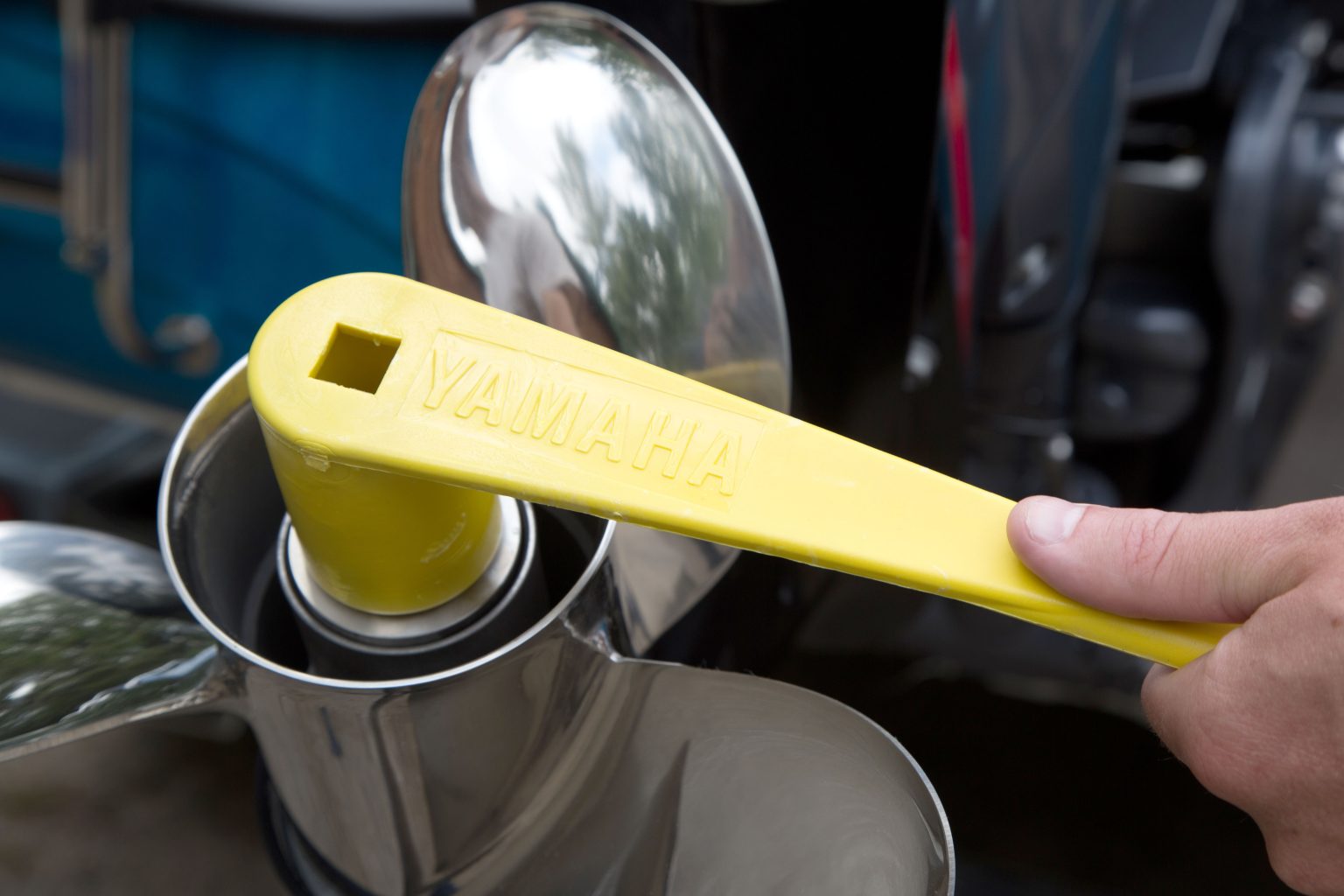
Always Perform a Proper Winterization
Winterization is a must for keeping your outboard in optimal shape against the harsh conditions and long periods of sitting in the off-season. Here’s a list of simple winterization tasks DIY boaters can perform:
- Change the oil and filter
- Stabilize the fuel
- Change the lower unit gear oil
- Fog the cylinders
- Grease the tilt tube and the pivot tube
- Use a corrosion guard to protect against corrosion


This content was designed to serve as a general guide. Persons who are not familiar with marine engine repair and have not been trained in the recommended servicing or installation procedures should have the work performed by an authorized marine mechanic. Improper installation or servicing of parts can result in engine or boat damage, personal injury to the installer, or harm to persons operating the product.
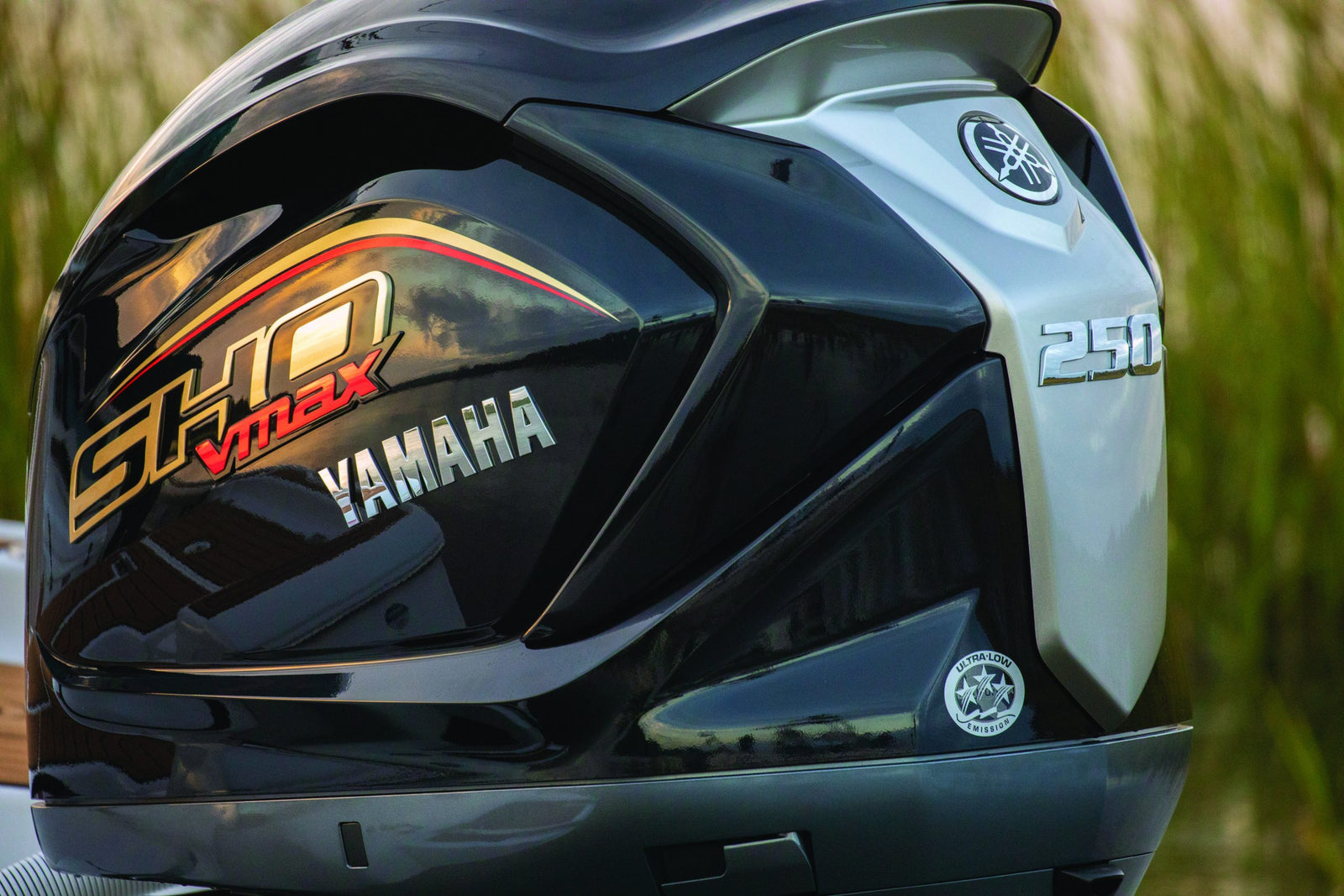
7 comments
I have a 2002 200 hp HPDI mounted on a 20 ft aluminum Crestliner. This rig has been garage kept since I purchased it in 2002. Included on the dash is a Yamaha digital trim guage. This has not worked properly in about five years. Even though the actual trim angle might be all the way down, the display shows it to be only half way down. The gauge only seems to display accurately thru the upper trim levels. How can I correct this? Could it be the sending unit? If so, where is it located?
———
Yamaha Outboard Maintenance replied:
Hi,
Thanks for your question. Yes, based on your description, it does sound like the issue is likely with the trim sending unit — this is a common cause when the gauge shows inaccurate or partial readings, especially if it only displays correctly at certain trim levels.
Here’s what you should know:
Location of the trim sender: The trim sending unit on your 2002 Yamaha 200 HPDI is typically mounted on the port side of the transom bracket, near the tilt tube. It’s a small cylindrical sensor with a pivoting arm that moves with the engine’s trim/tilt motion. * Common failure symptoms: Over time, the internal potentiometer in the sender can wear out or corrode, leading to erratic or incorrect readings — exactly what you’re describing. If it’s only registering in the upper range, it’s very possible the sender is worn or misaligned. * What you can do: * Inspect the sender visually for corrosion, damage, or loose connections. * Check the wiring to ensure no frays or loose connections. * Test the sender with a multimeter for resistance variation as the engine is trimmed — if the resistance doesn’t change smoothly, it’s faulty. * Replace the sender if needed (they are generally not serviceable). The part number can vary by model If you’d like help finding the exact replacement part or instructions on installation, feel free to send over your engine’s full model and serial number to partsvu@partsvu.com<mailto:partsvu@partsvu.com>.Best regards, Markine
I’m looking for the thrust bearing on my 2005 4stroke 60hp f60tlra main thrust bearing, I have called two times and your company cannot help me, thank you
———
Yamaha Outboard Maintenance replied:
Hi John, Thank you for reaching out, and we’re sorry for the trouble you’ve experienced. To assist you with finding the correct main thrust bearing for your 2005 60HP 4-stroke (F60TLRA), we’ll need the full serial number of your engine. You can locate this number on the mounting bracket of the engine or inside the top cowling. Once you have the serial number, please email it—along with a description or photo of the part you’re looking for—to partsvu@partsvu.com, and our team will be happy to assist with a more accurate lookup. Thanks again for your patience, and we look forward to helping you get the right part. Best Regards Markine
Hi, I’m in my second season with a 2024 VF200LB. When are you planning to update the website with information specific to my 2024 model?? Kind regards, Steve
———
Yamaha Outboard Maintenance replied:
Hi Steve, thanks for reaching out—and congratulations on your 2024 VF200LB! Our website team is currently working on developing and uploading updated maintenance kits and model-specific information for the 2024 lineup, including your engine. Unfortunately, we haven’t been given a firm completion date just yet. We understand how important it is to have accurate information for your engine, and we appreciate your patience while the updates are finalized. In the meantime, if you need help with parts, maintenance schedules, or anything specific to your motor, feel free to reach out—we’re happy to assist directly! Kind regards,
Markine
Hallo, ich habe mal eine Frage zum F70. Ich habe seit kurzem den F70 und vorher hatte ich einen F60. Ist der F70 genauso haltbar wie der F60. Was kann ich in der Einfahrphase beachten um die Lebensdauer zu verlängern.
Motor wird mit hochwertigem Benzin mit 102 Oktan gefahren.
Christian Fpgl
———
Yamaha Outboard Maintenance replied:
Ja, die Yamaha F70 gilt allgemein als ebenso langlebig wie die F60, wenn nicht sogar noch etwas kultivierter. Beide Motoren teilen sich viele interne Komponenten und technische Standards. Allerdings:
Die F70 hat einen höheren Drehzahlbereich (bis 6300) als die F60 mit 6000 U/min und ist daher auf etwas mehr Leistung ausgelegt.
Beide basieren auf ähnlichen 996-cm³-Reihenvierzylinder-Plattformen.
Yamaha hat beide Motoren mit Blick auf langfristige Zuverlässigkeit entwickelt, sofern die Wartungs- und Betriebsrichtlinien eingehalten werden.
Sie können also bei gleicher Pflege und unter ähnlichen Bedingungen mit vergleichbarer Haltbarkeit rechnen.
🔧 Tipps für die Einfahrzeit (erste 10 Stunden) Eine gute Einfahrzeit ist entscheidend für die Langlebigkeit. Yamaha empfiehlt Folgendes:
Stunden 0–1: Fahren Sie mit unterschiedlichen Gasstufen, aber nicht mehr als Halbgas (keine starke Beschleunigung oder Hochgeschwindigkeitsfahrten).
Vermeiden Sie lange Leerlaufzeiten – variieren Sie die Drehzahl vorsichtig.
Stunden 1–2: Sie können das Gas leicht erhöhen (maximal 3/4 Gas).
Fahren Sie nicht länger als 5 Minuten mit derselben Drehzahl.
Kurze, schnellere Drehzahlen (unter 5 Minuten) sind in Ordnung.
Stunden 2–10: Sie können kurzzeitig Vollgas geben (unter 5 Minuten).
Variieren Sie die Drehzahl weiterhin häufig.
Nach 10 Stunden: Normalbetrieb ist in Ordnung, lassen Sie den Motor jedoch immer warmlaufen, bevor Sie Vollgas geben.
🛠️ Zusätzliche Tipps für eine lange Lebensdauer Verwenden Sie von Yamaha zugelassenes Motoröl (z. B. Yamalube 10W-30).
Wechseln Sie das Motoröl und das Getriebeöl des Untersetzungsgetriebes alle 20 Stunden (Erstwartung), danach alle 100 Stunden oder jährlich.
Spülen Sie den Motor nach jedem Gebrauch mit Frischwasser, insbesondere in Salzwasser.
Überprüfen Sie das Laufrad der Wasserpumpe alle zwei Saisons.
Installieren Sie einen Kraftstoff-/Wasserabscheiderfilter zum Schutz des Kraftstoffsystems.
Hi .
My two 4 stroke engines cover more than 3000 hours, what’s your suggestion for keeping them running longer or shall I sale them?
Regards
———
Yamaha Outboard Maintenance replied:
Hi, Jamal
With over 3,000 hours on your four-stroke engines, they’ve clearly been well-used! Whether to keep them running or sell depends on their current condition, maintenance history, and performance. Here are a few things to consider: If You Want to Keep Them Running Longer:
1. Stay on Top of Maintenance – Regular oil changes, spark plug replacements, and fuel system cleanings are key. 2. Check Compression – A compression test can help assess the internal health of the engines. 3. Inspect the Lower Unit – Ensure the gears, seals, and impeller are in good shape. 4. Monitor Fuel and Cooling Systems – Keeping fuel lines clean and the cooling system functioning properly is essential. 5. Run Efficiently – Avoid excessive idling or over-revving, as both can cause unnecessary wear. When to Consider Selling: If the cost of maintenance and repairs outweighs the value of the engines. * If you’re noticing loss of power, excessive fuel consumption, or frequent mechanical issues. * If you’re looking for an upgrade with better fuel efficiency and newer technology. If the engines are still running strong and well-maintained, they could have plenty of life left. However, if you’re considering a replacement, now might be a good time to sell while they still hold some value. Let us know if you need help deciding—we’re happy to assist!Best, Markine